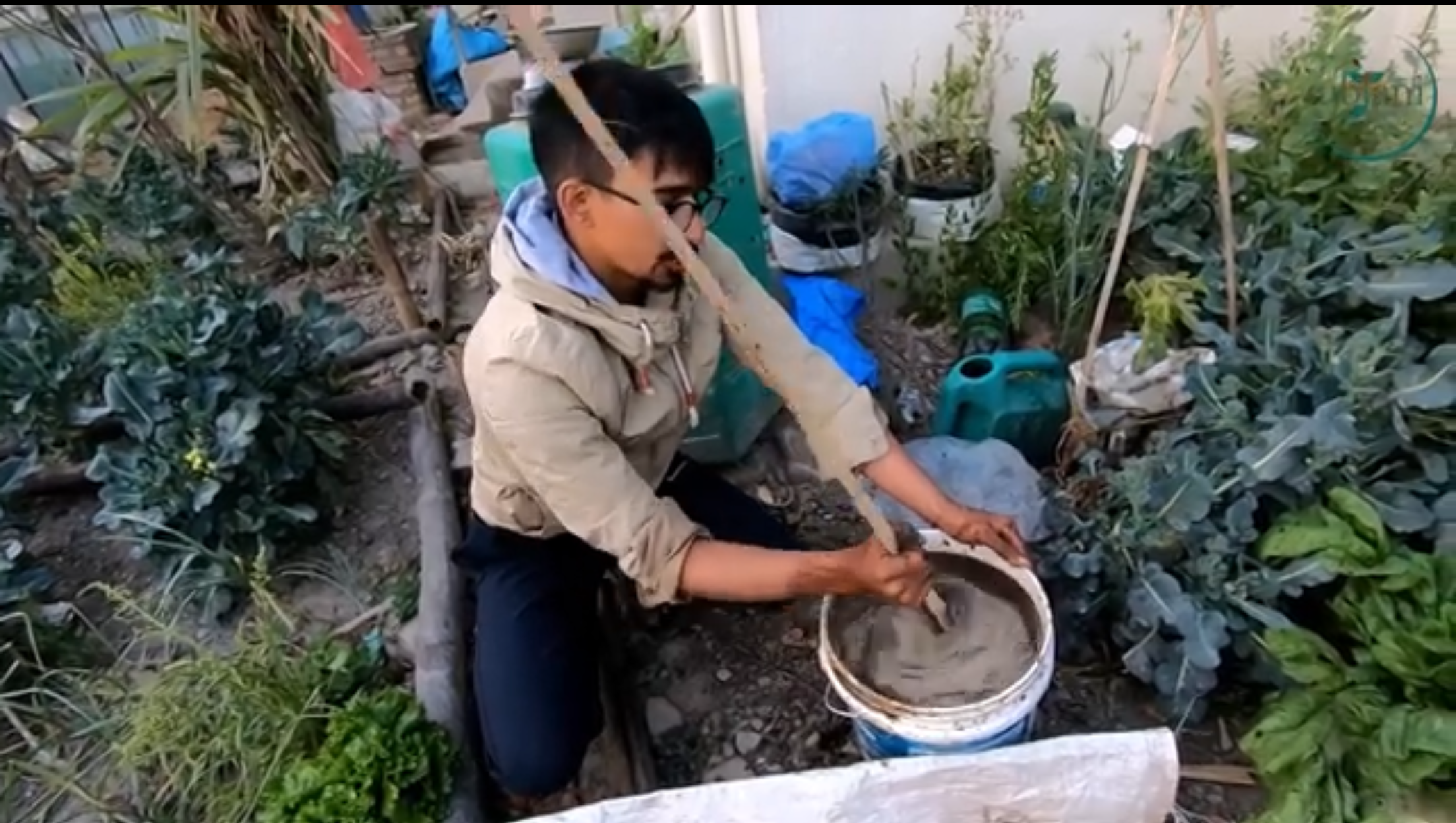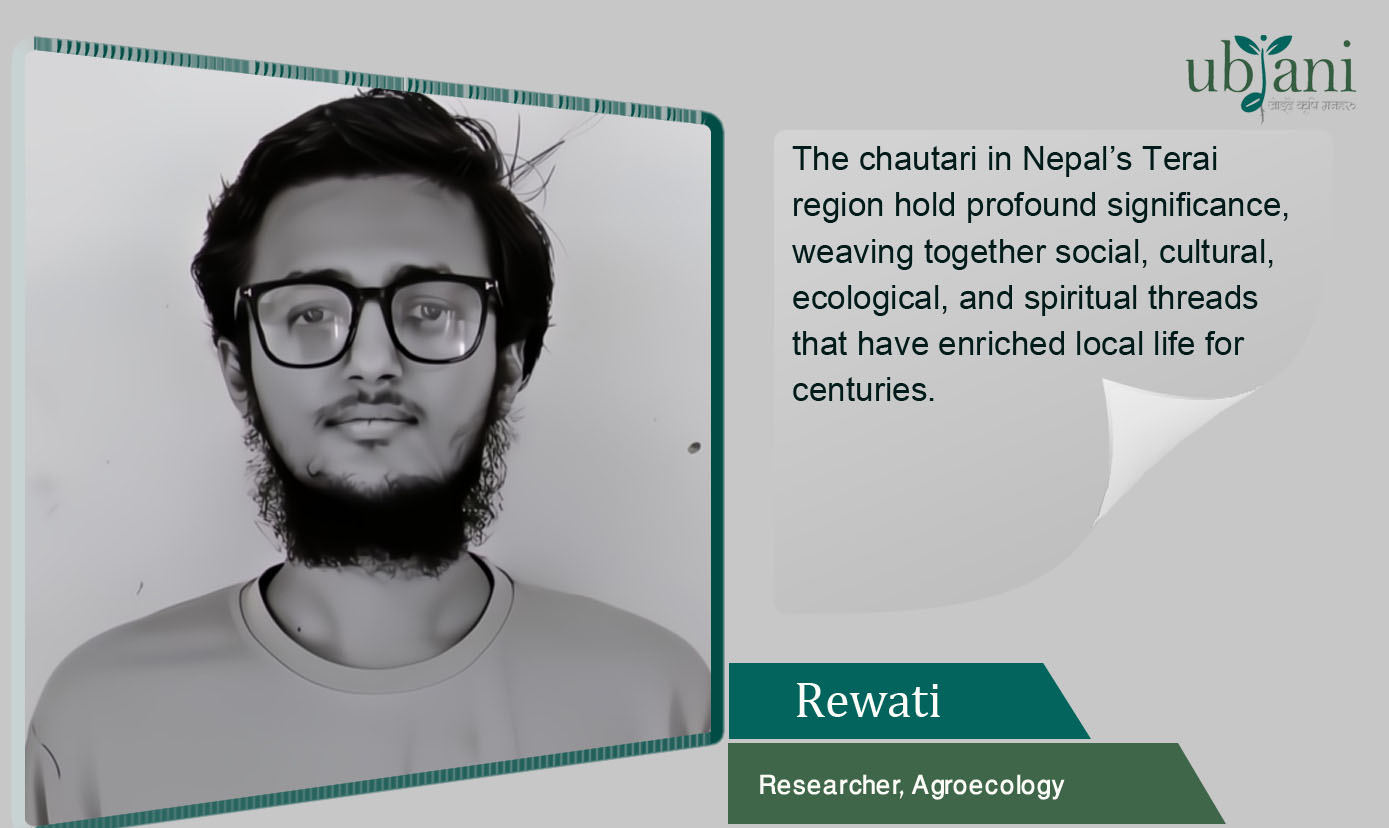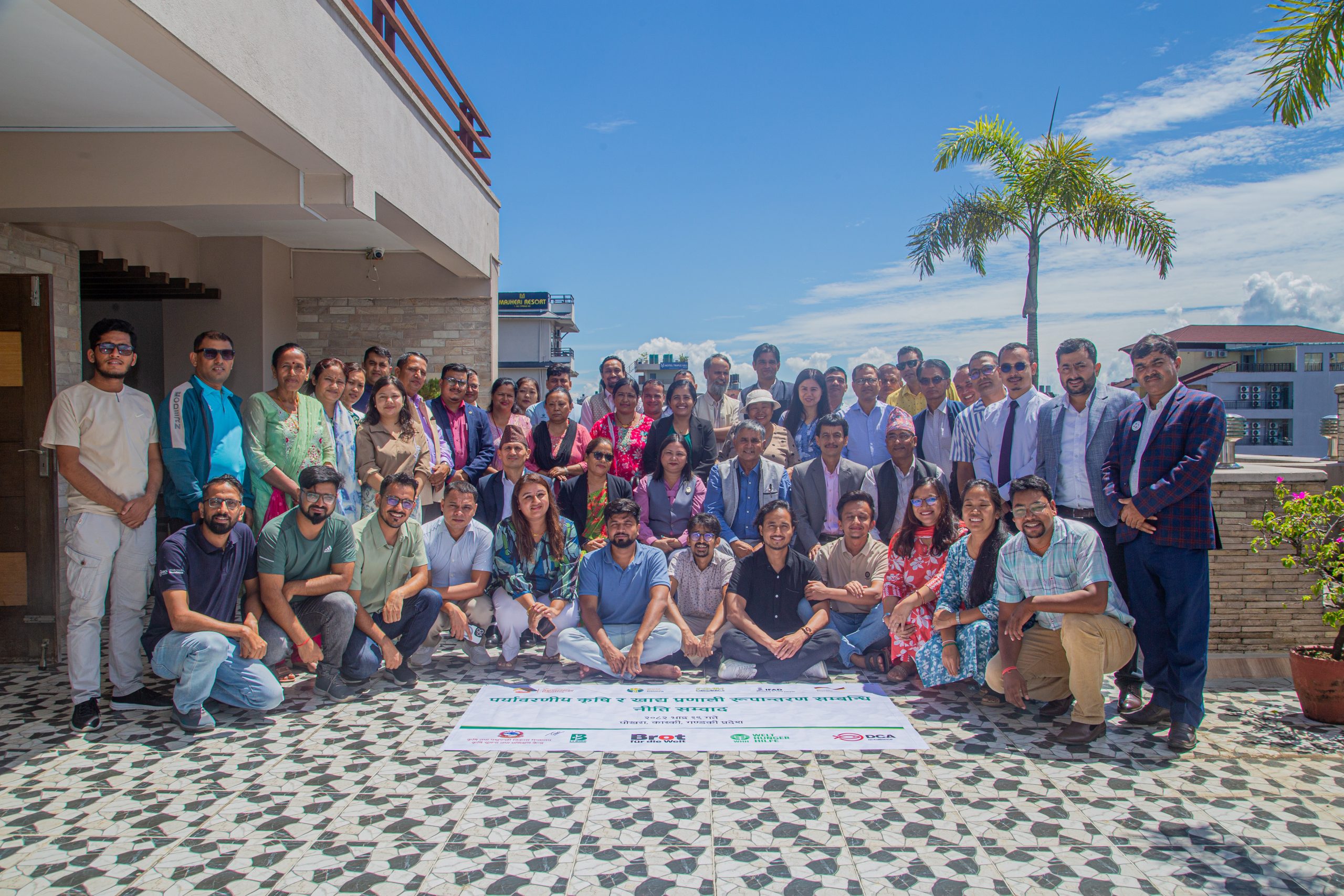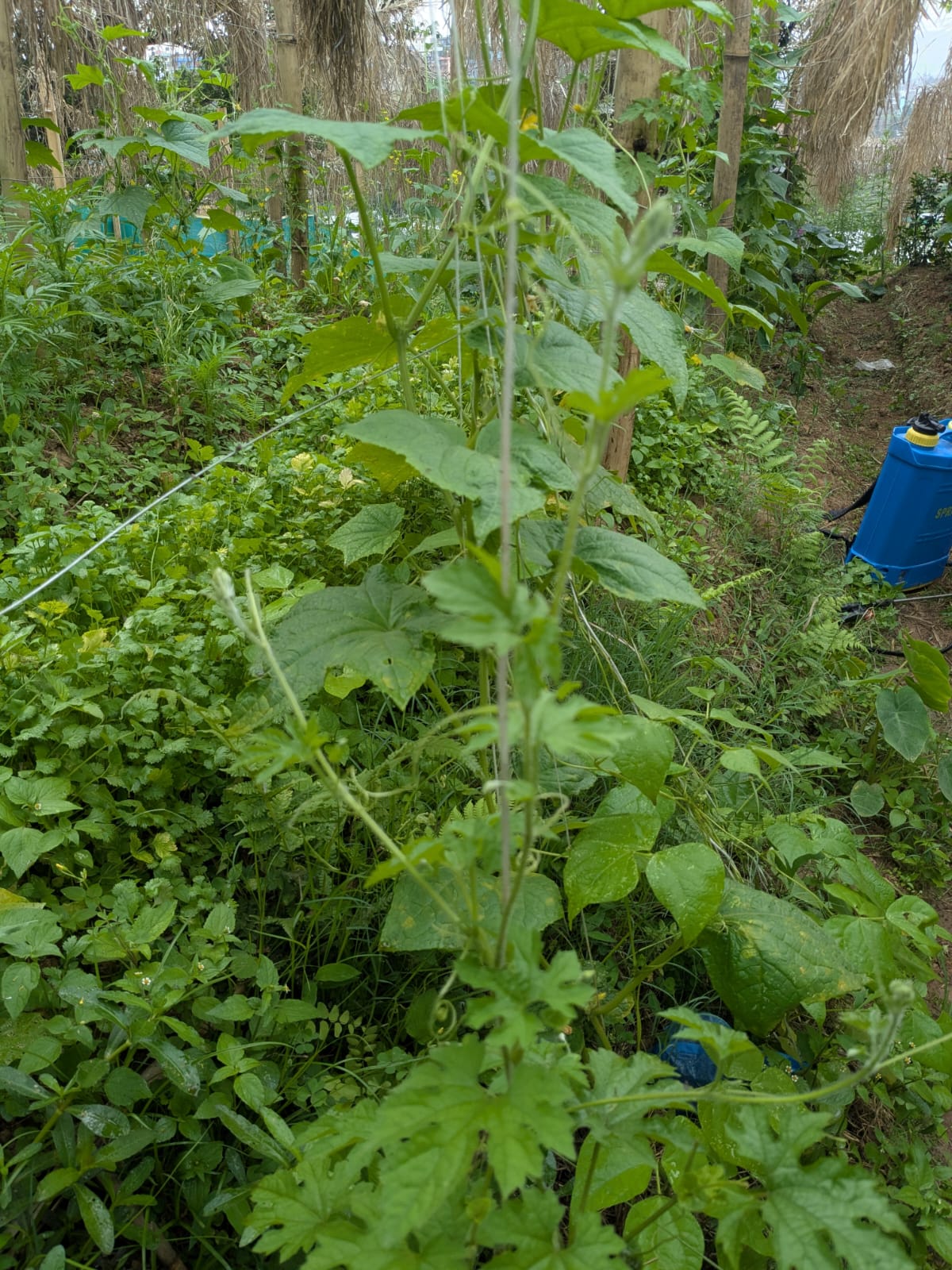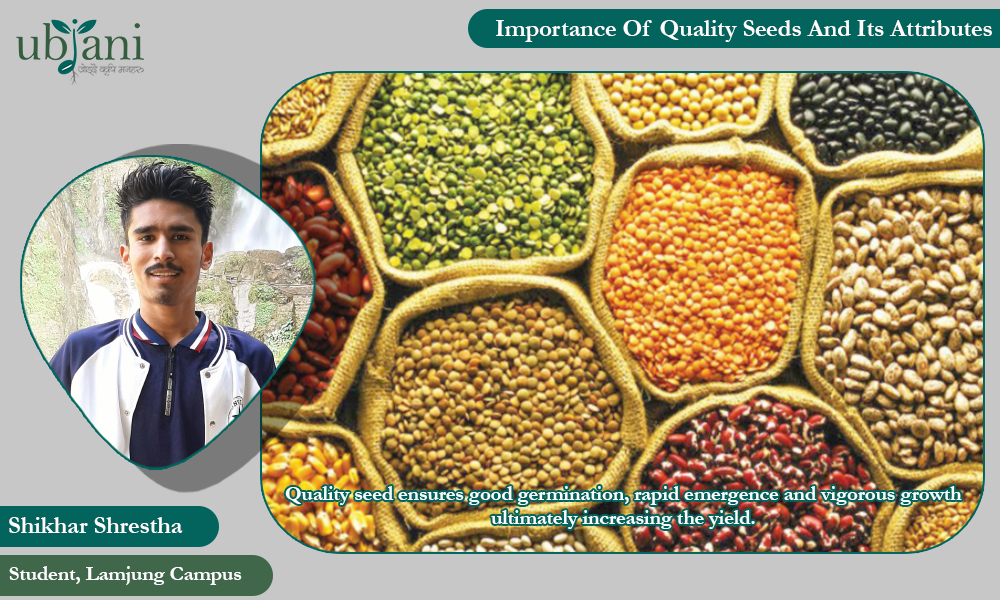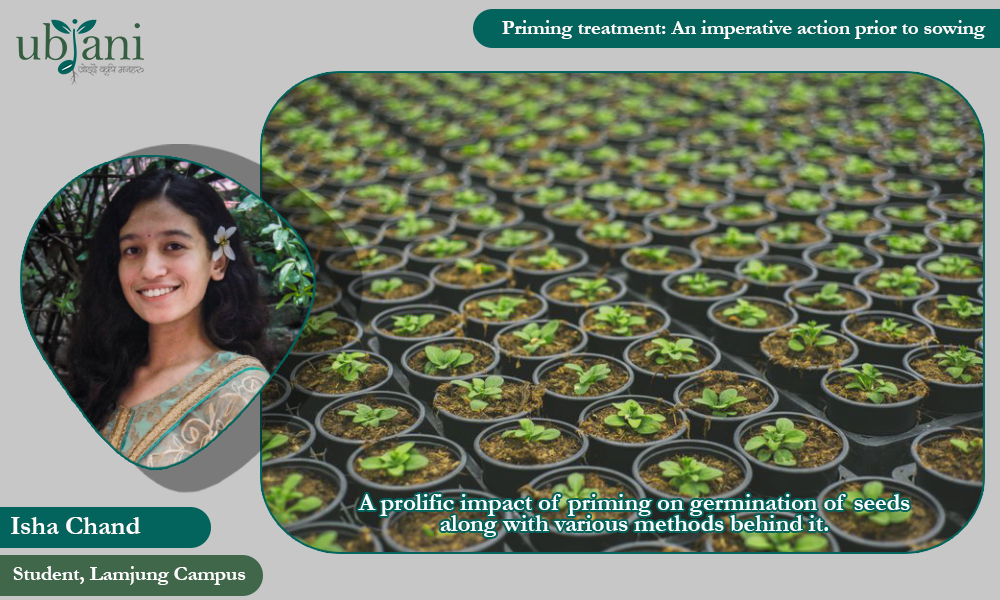
Do you know why people often use water, nutrient solution or chemicals to treat the seeds before sowing or why it is actually practiced?
Well, you might be familiar with the problem of slower and non-uniform rate of seed germination. In the phase of germination, seeds undergo different environmental stresses such as salinity, drought/water stress and low/high temperature hampering the process. So, to enhance the germination rate, seed elongation and to alleviate the stress level, a technique has been practiced for a long time i.e. Priming. It is controlled hydration of seeds during the reversible phase of germination i.e. phase I and phase II which leads to many physiological and biochemical changes.
Effect of priming in germination:
The first physiological phenomenon of seed germination is imbibition, characterized by rapid uptake of water. Primed seeds facilitate the expression of aquaporins (transmembrane protein) increasing the flow across cell membrane, hence fastening the imbibition. During the second phase (lag phase) of germination, there occurs re-establishment of the metabolic activities with stable hydration. The priming treatment increases the respiration rate, activity of antioxidant enzyme and alters the phytohormonal balance. For instance, it declines the inhibitory effect of ABA on seed germination as increase in ABA content in seeds damages the food reserve i.e. endosperm. Further, it activates the synthesis of hydrolytic enzyme that results in hydrolysis of stored protein, lipid, starch into simpler form supporting the embryonic and seedling growth. Before the radical protrusions i.e. phase III of germination, primed seeds are dried which under favorable condition, continues the third phase of germination in field.
Now, you might be eager to know the ways of performing priming. It is done with various methods. However; its ultimate aim is to improve the germination performance with better crop establishment. But one must be aware of the method and agent used, duration of treatment and factors such as temperature, aeration and light which determines its efficiency.
Methods of priming:
Hydropriming-
Hydropriming is a low-cost technique using water as a priming agent upto a safe limit (beyond which priming damages the seed) including either the soaking of seeds in water or seed humification or aerated hydration. In seed humification, seeds are treated under high humidity. In contrast, water in vapour form is used in aerated hydration/drum priming method which is usually preferred in commercial scale. The main reason for practicing these methods is to solve the problem of uneven hydration observed in soaking method. It improves the salt and drought tolerancedecreasing the stress level and hence favoring easy and fast germination.
Osmopriming-
This method uses osmotic solutions having low water potential than pure water such as Polyethylene glycol, glycerol and inorganic salt NaCl, CaCl2, Kcl. Precisely, the treatment done with the inorganic salt is known as halopriming. Soaking seeds in salt solution reduces the activity of enzymes that inhibits the formation of trypsin, an enzyme needed for seed germination. Rice seeds when treated with mixed salt solution was also observed to have higher germination rate than non-primed seeds which illustrates the positive effect of osmopriming.
Harmopriming-
In this method, different plant growth regulators such as Gibberellic acid, auxin, salicylic acid act as priming agents. It is considered as an effective way for improving the germination of seeds under metal stress. Kinetin priming induces salt tolerance capacity whereas Spermidine treatment helps to build drought tolerance capacity in seeds. Moreover, priming with GA3 was found to increase the germination percentage and seed vigour in maize.
Biopriming-
Biopriming is the inoculation of seeds with beneficial microbes or even with the plant extracts. This particular mechanism for priming is preferred so as to prevent seeds from soil and seed borne pathogens. Red seaweed extract when used as bio agent was able to improve the germination rate in brinjal and tomato seeds.
Beside these methods, nutripriming (use of nutrients such as zinc, potassium), solid matrix priming (use of sand, vermiculite), chemical priming (natural or synthetic chemicals such as ascorbic acid, polyamine) are also in practice.
Every seed should readily germinate to ensure better emergence and yield. And this seed invigoration strategy upgrades the seed performance by providing an easy path for germination and shortening the time period between sowing and emergence. Hence, it adds a tremendous benefit to the growers and is a useful, easy and beneficial treatment done prior to sowing.





